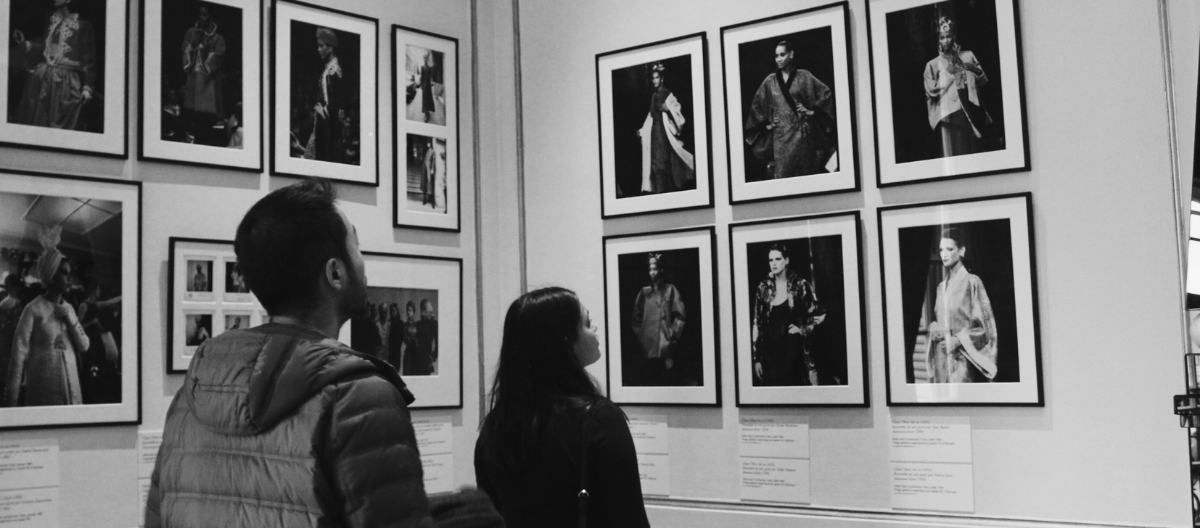History of fashion in the United States is marked by significant moments that reflect societal changes, cultural shifts, and the evolving role of fashion in shaping American identity. From early colonial styles to the rise of modern streetwear, these moments have left an indelible mark on both the fashion industry and American culture.
Colonial Fashion (1600s-1700s)
During the colonial period, fashion in America was largely influenced by European styles, especially from England and France. Clothing was practical and modest, made from materials like wool and linen. The Puritans, who settled in New England, preferred plain, dark attire as a reflection of their religious beliefs. Meanwhile, wealthier colonists emulated European aristocratic fashions, donning elaborate gowns, powdered wigs, and corsets. This period laid the foundation for future American fashion, where class and status played a significant role in determining style.
Rise of Ready-to-Wear (Mid-1800s)
The mid-19th century saw the birth of ready-to-wear fashion in the United States. Before this, clothing was custom-made by tailors or at home. As industrialization took hold, clothing began to be mass-produced in factories, making fashion more accessible to the general public. The invention of the sewing machine by Isaac Singer in 1851 revolutionized the production of garments, allowing for faster and cheaper manufacturing. This shift democratized fashion and laid the groundwork for the fast fashion industry that would emerge later.
Jazz Age and Flapper Fashion (1920s)
The 1920s, often referred to as the “Roaring Twenties,” was a time of cultural upheaval and celebration after World War I. Women’s fashion underwent a radical transformation, most notably with the rise of the flapper look. Shorter hemlines, dropped waistlines, and boyish silhouettes became the norm, reflecting a newfound sense of freedom and rebellion against traditional gender roles. Iconic pieces included beaded dresses, cloche hats, and t-strap shoes. The flapper look became a symbol of the modern woman, embracing independence, jazz, and the emerging nightlife culture.
Influence of Hollywood (1930s-1950s)
The golden age of Hollywood in the 1930s and 1940s had a profound impact on fashion in the United States. Movie stars like Marlene Dietrich, Katharine Hepburn, and Grace Kelly became style icons, and the glamorous costumes seen on screen influenced mainstream fashion trends. Designers such as Adrian and Edith Head became household names, as women across America sought to emulate the elegance and sophistication of Hollywood actresses. The rise of Hollywood also marked the beginning of fashion as entertainment, where glamour became a key component of American style.
New Look (1947)
In 1947, French designer Christian Dior introduced the “New Look,” which was quickly embraced by American women. Characterized by full skirts, cinched waists, and an emphasis on a feminine silhouette, the New Look was a stark contrast to the utilitarian, boxy styles of the World War II era. This trend ushered in a return to luxury and femininity, symbolizing a post-war return to normalcy and prosperity. American designers like Claire McCardell also rose to prominence during this time, championing more practical, sportswear-inspired versions of the New Look.
Birth of Street Style (1960s-1970s)
The 1960s and 1970s saw the emergence of street style as a major influence on fashion. The youth culture of the 1960s, driven by music, social movements, and rebellion against authority, introduced iconic styles such as bell-bottom jeans, miniskirts, tie-dye, and psychedelic prints. Designers like Halston and Yves Saint Laurent were inspired by the cultural revolution, creating clothing that embraced freedom and self-expression. The hippie movement and the counterculture of the late 1960s and early 1970s had a lasting impact, as fashion became a means of personal and political expression.
Rise of American Designers (1970s-1980s)
While European designers had long dominated the fashion scene, the 1970s and 1980s saw the rise of American designers who helped define a new era of fashion. Ralph Lauren, Calvin Klein, and Donna Karan became major forces, each representing different facets of American style. Ralph Lauren’s designs evoked classic Americana, drawing on imagery from the Old West and Ivy League culture. Calvin Klein popularized minimalist, sleek designs that embodied the spirit of urban sophistication. Donna Karan’s “Seven Easy Pieces” offered practical yet stylish solutions for the working woman, reflecting the growing influence of women in the workforce.
Hip-Hop Fashion Revolution (1980s-1990s)
The 1980s and 1990s saw the rise of hip-hop culture, which brought its own distinct style to the fashion world. Baggy jeans, oversized jackets, gold chains, and sneakers became emblematic of the hip-hop fashion revolution, influencing mainstream trends in the U.S. and beyond. Brands like Tommy Hilfiger, Polo Ralph Lauren, and Nike became integral to hip-hop style, often endorsed by artists like Tupac Shakur, The Notorious B.I.G., and Run DMC. This era highlighted the growing influence of Black culture on fashion and marked the start of streetwear’s ascension in the global fashion landscape.
Minimalism of the 1990s
The 1990s were characterized by a move towards minimalism, led by designers like Jil Sander, Calvin Klein, and Helmut Lang. Clean lines, neutral tones, and simple silhouettes dominated the runways, contrasting with the bold excess of the 1980s. Supermodels like Kate Moss and Naomi Campbell popularized the “heroin chic” aesthetic, which was synonymous with the grunge movement. The grunge look, epitomized by plaid shirts, ripped jeans, and combat boots, emerged from the Seattle music scene and quickly gained popularity across the country.
Influence of Digital Media and Streetwear (2000s-Present)
The rise of the internet and social media in the early 2000s transformed fashion, allowing trends to spread faster and giving rise to the age of influencers. Platforms like Instagram and YouTube democratized fashion, allowing everyday individuals to become trendsetters. Simultaneously, streetwear brands like Supreme, Off-White, and Fear of God became major players in high fashion, blending casual, urban styles with luxury aesthetics. The streetwear movement has been further popularized by celebrities like Kanye West and Rihanna, solidifying the United States’ place as a global leader in fashion innovation.


